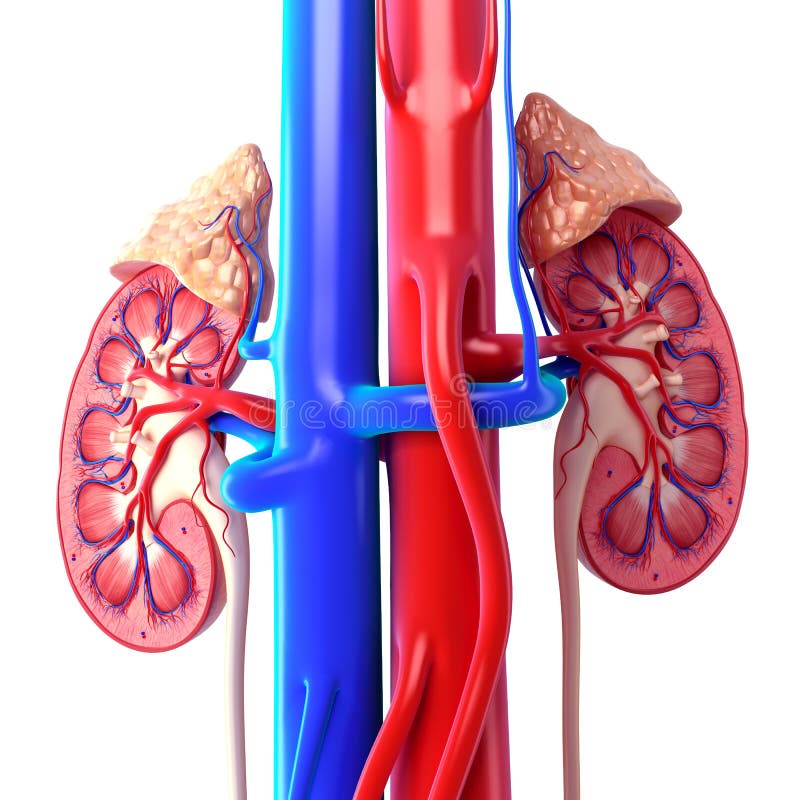
The clinical, pathologic and radiologic presentation is similar to that of tuberculosis with diagnosis confirmed by adrenal gland biopsy. Īdrenal involvement is usually found in patients with disseminated histoplasmosis. Although not needed in cases of extra-adrenal tuberculosis, an adrenal biopsy may be diagnostic in patients with suspected adrenal tuberculosis without extra-adrenal disease. Adrenal glands may also be enlarged in patients with extra-adrenal tuberculosis. With longer duration of disease, calcifications and contour preservation were seen more frequently, whereas peripheral rim enhancement and mass-like enlargement seen less significantly on CT images. Among those with adrenal enlargement, mass-like lesions were noted in 49% while enlargement with preserved contours was found in the remaining 51% of patients more than half of them had peripheral rim enhancement. In one study, 91% of patients with adrenal tuberculosis who underwent CT had bilaterally enlarged adrenal glands, while 2% had normal sized glands. Most patients with active or recently acquired disease (within 2 years) have bilateral adrenal enlargement, while the remaining with remote infection or inactive disease have calcifications and/or gland atrophy.

Imaging studies help in the evaluation of affected adrenal glands ( Figure 1). While few studies have demonstrated elevated basal and stimulated cortisol levels, others have shown lower cortisol levels. Stress and inflammation are thought to be underlying reasons for adrenal enlargement in patients with tuberculosis without microbial seeding of the glands. At least 90% of the adrenal gland must be involved with parenchymal destruction before clinical features of adrenal insufficiency appear.

Tuberculosis must be suspected in patients with a fever along with adrenomegaly. Clinical manifestations may take years to appear while others may have asymptomatic infections. Adrenal glands are infected through a hematogenous route. In one reported series, the incidence of adrenal involvement was 6% of patients with active tuberculosis.


 0 kommentar(er)
0 kommentar(er)
